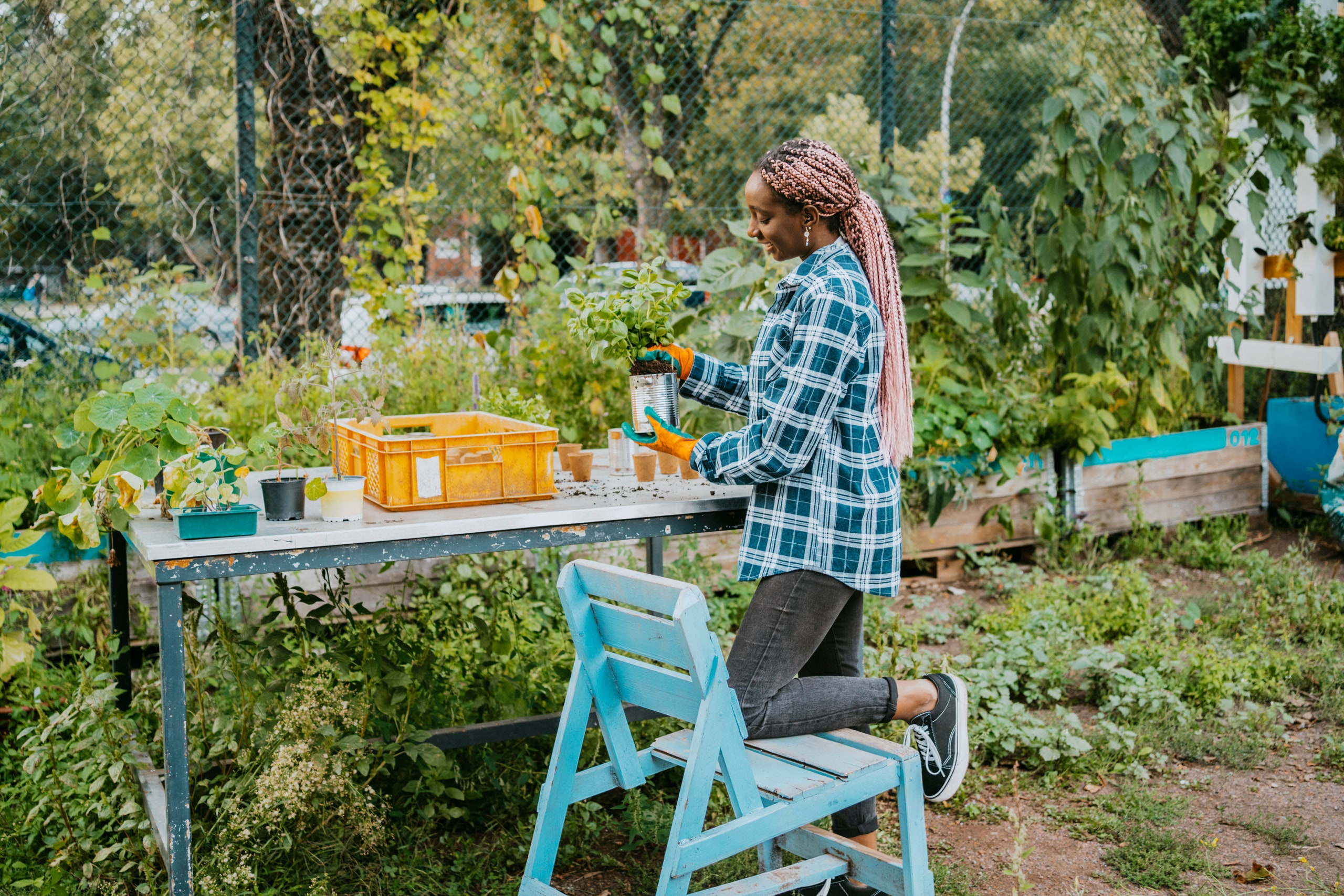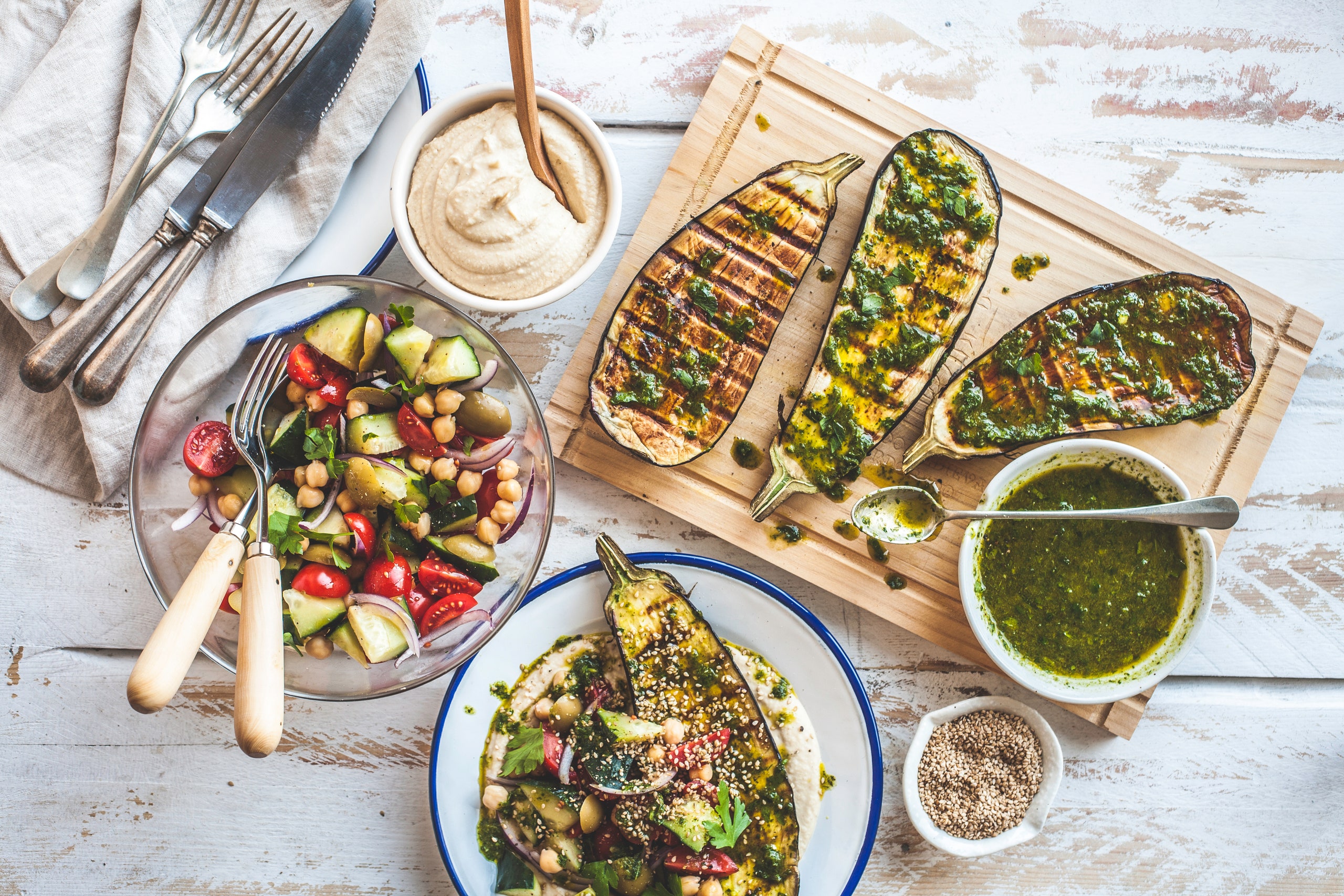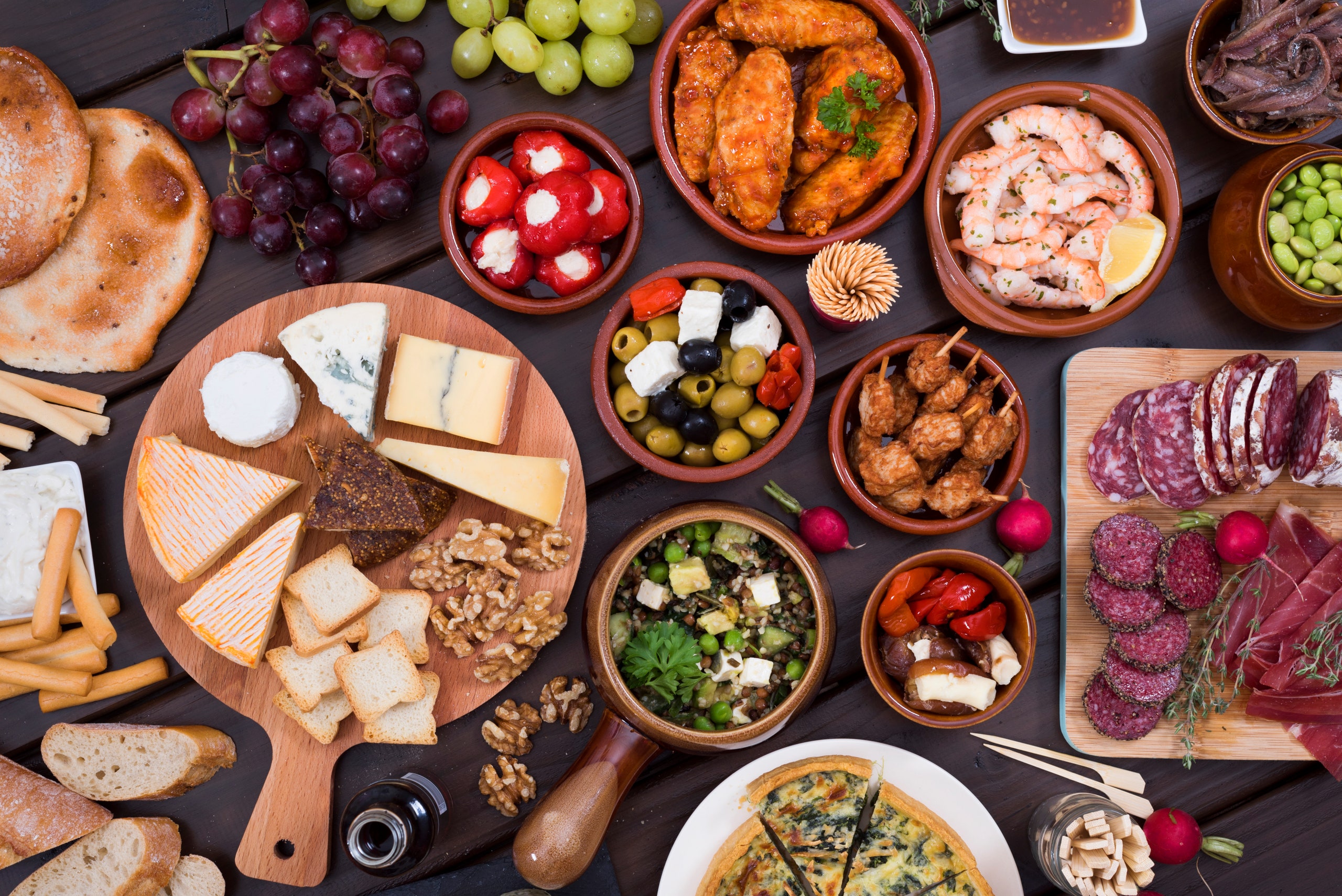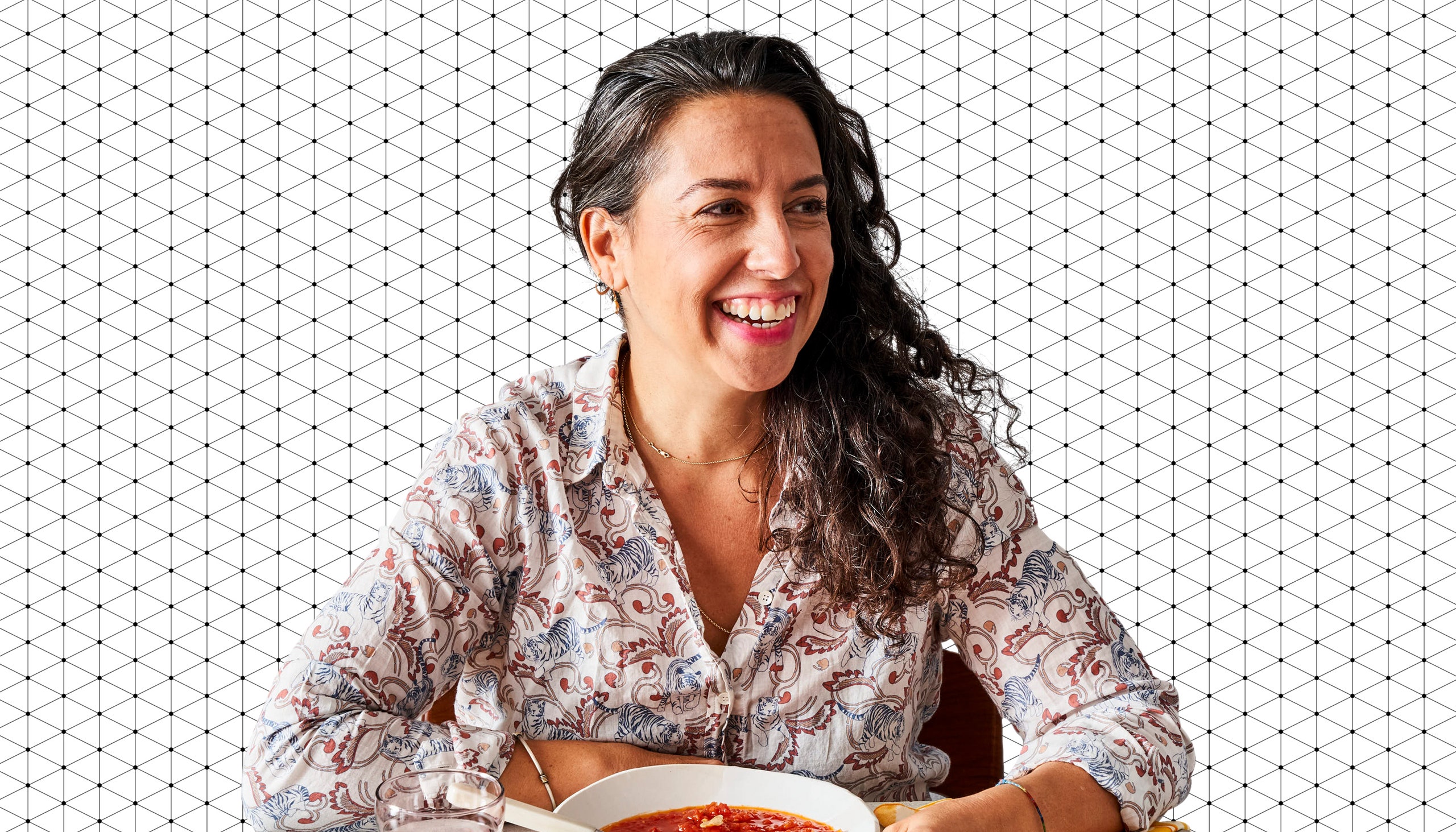Have a plan. Some fruits and veggies grow in such abundance (ahem, zucchini), you may end up tossing or composting some of your hard-earned harvest. Growing basil? Have a good pesto recipe ready, and freeze what you won’t eat immediately using a silicone muffin pan or ice cube tray. You can also quick-pickle cucumbers (and carrots, green beans, and radishes); turn tomatoes into sauce, which you can also freeze; and slip shredded zucchini into scrambled eggs, pasta, muffins—even pancakes.
Ramp Up Your Yield
Find your light. The No. 1 thing to consider when you’re trying to figure out where to put down roots is sunlight. Gardens need at least six hours of direct sunlight each day, though eight to 10 hours is ideal. While some vegetables tolerate a little bit of shade better than others, generally speaking, you want to keep veggies out of the shadow of nearby buildings (but near a convenient water source so you’re not lugging a twisted hose around).
Fix your soil. For a healthy harvest, you need healthy soil. With raised beds or container gardening, you can just fill them with a half-and-half mixture of topsoil and compost. But if you’re planting directly into the ground, you’ll want to first remove any rocks and dig up any vegetation, especially grass. Next, loosen the soil about a foot down. And finally, spread two to three inches of compost (you can buy it bagged or make your own) about a month before you plan to plant in order to lock in nutrients and moisture.
Space it out. Typically, people plant in long rows spaced far apart. But treating your plot like a rush-hour subway car, aka “intensive gardening,” not only increases your yield, it also uses less water. (Outdoor water use accounts for nearly a third of total household water use—and up to 60 percent in dry, hot places—according to the EPA.) To max out your yield, follow this guide to spacing out your rows. You can also grow crops like tomatoes, beans, and peas vertically, supporting them with a trellis, fence, cage, or stake.
Have a succession plan. No, not for getting through all three seasons of the HBO series. Succession planting ensures you’ll have small batches of crops spread out over many weeks versus a single overwhelming bumper crop. One way to do it is to plant, say 10 radish seeds one week, 10 the next week, and so on. Another is to plant different varieties of the same crop—so beefsteak and heirloom tomatoes, for example—that mature at different rates, so they’re ripe at different times. And a third is to plant cool-season crops, then warm-season ones, then more cool-season crops (think early spring peas followed by heat-loving beans and then kale).
Gardening tips and more for plant-lovers:




